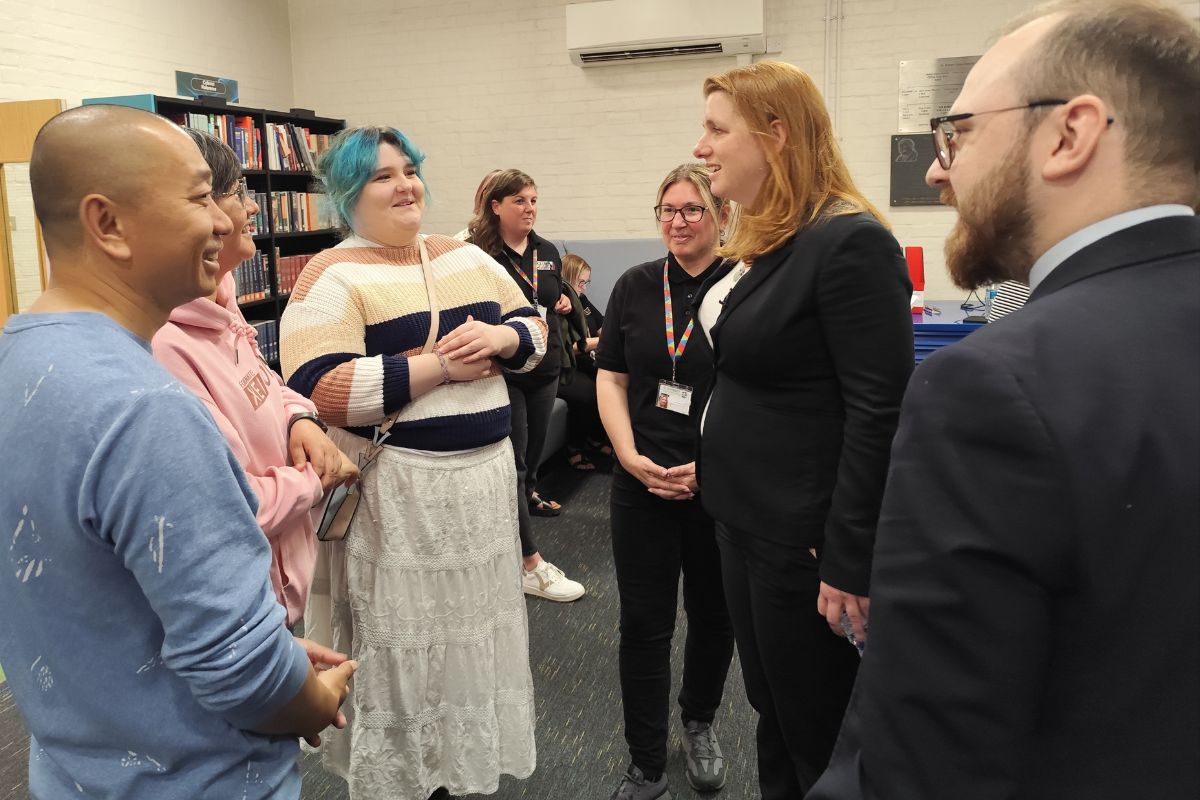How to Meet the Statutory #Careers Requirements and #Gatsby Benchmarks

Providing career education, information and guidance (CEIAG) became a legal requirement in schools back in January 2018.
Coordinating good career guidance is crucial to ensuring each student can make a well-informed decision on their post 16 options and future.
What Are the Statutory Careers Requirements?
As part of the statutory careers requirements, every school should aim to meet the 8 Gatsby Benchmarks. Some of the Gatsby Benchmarks are compulsory and others aren’t.
These include:
- Offering a stable careers programme
- Exposing students and their parents to careers and labour market information
- Address the career advice needs of each student
- Link careers to the curriculum being taught
- Creating opportunities for students to meet with employers and employees
- Allowing students to have first-hand experiences in the workplace
- All students should meet with sixth forms, colleges, universities and apprenticeship providers to discuss their options after school
- Every student should have the opportunity to receive personal guidance
Why Should You Provide Career Education and Guidance?
Providing career education and guidance helps young people to realise their talents while building their confidence. This is crucial to their future options. There is a wide array of opportunities for young people to take once they leave school, from sixth form to apprenticeships, BTECs and much more!
Young people are faced with a daunting task after school, they need to make a decision which can impact their whole future. Through good career education and guidance provided at schools, students are able to fully understand the things they enjoy and the options they have.
Embedding Careers in the Curriculum
By linking careers to the curriculum being taught in schools, it shows students the career opportunities linked to the subjects they enjoy. For example, STEM subjects are relevant to a wide range of careers.
These don’t just include the obvious such as science-based careers, IT and engineering but they also extend to a wide range of industries.
Other careers related to STEM subjects include:
- Accounting
- Marketing Research
- Healthcare
- Electronics
- Pharmacists
- Statisticians
- Dentists
- Animator
- Sound engineer
- Artificial intelligence
- Forensic scientist
- Lab technician
- Plus much more!
Many other subjects taught in school can be linked to a wide variety of careers. Just take English for instance, this can be linked to jobs such as content writer, newspaper or magazine journalist, teaching and editorial assistant.
Why Should Students Meet with Training Providers, Employers, Further and Higher Education Institutions?
Students meeting with training providers, employers, further and higher education institutions enables them to find out more about what they offer and whether it’s the right route for them.
It also gives them the chance to ask any questions which they might have which could influence their decision.
What Else Do Schools Need to Do to Meet the Statutory Careers Requirements?
All schools also need to allocate a named person as their ‘Career Leader’. This person will be appointed to lead the careers programme.
The school will also need to publish their name and contact details on the website along with information of the careers programme, how the impact of the programme is being measured and when the next review will be published.
Why Is Providing Students with Good Career Guidance Important?
Good career guidance is important to help inspire students to consider all the options that are available to them. There is a good chance that people will spend over half of their lives working. Good careers education and guidance helps young people to find a career which they love and enjoy.
Young people can work in various industries from Technology to Business, Accounting and Law, Motor Vehicles, Engineering and much more!
Help young people to explore their career options and understand what qualifications they need to get them to where they want to be.











Responses